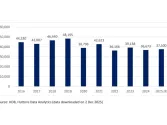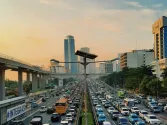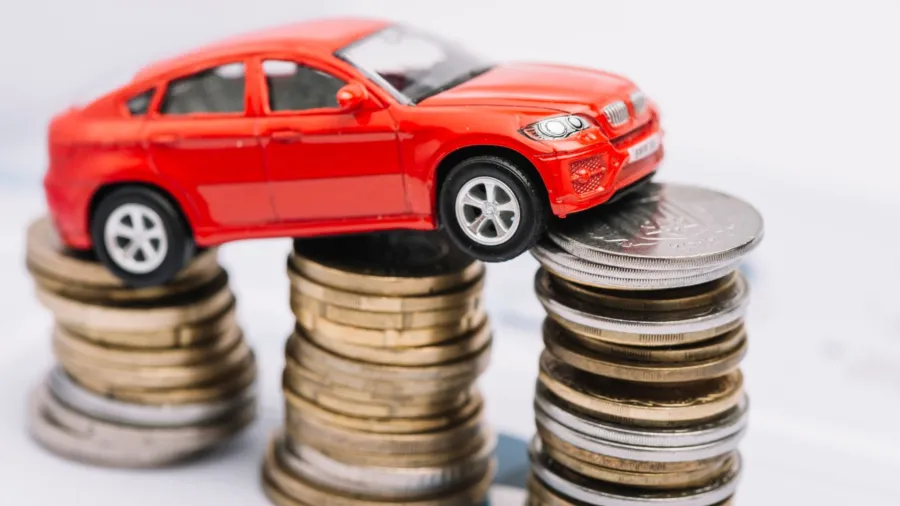
Guaranteed auto protection insurance market slated for 7% CAGR through 2032
Automobile industry and awareness in China are driving GAP insurance adoption.
The Guaranteed Auto Protection (GAP) insurance market was valued at $3.9b in 2023 and is expected to grow at a compound annual growth rate (CAGR) of over 7% from 2024 to 2032., according to Global Market Insights.
The increasing gap between loan or lease balances and the actual cash value of vehicles, driven by rising car prices, is fueling demand for GAP insurance.
The market is divided into passenger and commercial vehicle segments, with passenger vehicles dominating.
This segment is projected to exceed $4b by 2032. Passenger vehicles, including sedans, SUVs, and vans, are primarily used for personal mobility, commuting, and recreation.
They are characterised by enclosed cabins equipped with airbags and seat belts for safety.
By type, the GAP insurance market includes return-to-invoice GAP insurance, finance GAP insurance, vehicle replacement GAP insurance, return-to-value GAP insurance, and others.
The return-to-value GAP insurance segment is the fastest growing, with a CAGR of over 10% from 2024 to 2032.
Unlike standard GAP insurance, which covers the difference between an insurance payout and a loan or lease balance, return-to-value GAP insurance compensates for depreciation loss up to the vehicle’s market value. In China, the growing automobile industry
and increasing consumer awareness of financial protection are driving GAP insurance adoption. Insurers are adapting their offerings to accommodate the rising number of financed vehicles.
Government policies promoting vehicle sales and insurance penetration also support market growth.
Japan’s GAP insurance market is well-established, benefiting from a high car ownership rate and a strong insurance sector.
Consumers prioritise comprehensive financial protection, and regulatory policies ensure competitive pricing and market stability.
South Korea is seeing growing demand for GAP insurance as car financing options expand.
Consumers are increasingly seeking protection against depreciation losses due to theft or accidents. Insurers offer tailored GAP insurance packages to comply with local regulations and meet consumer needs, further driving market growth.




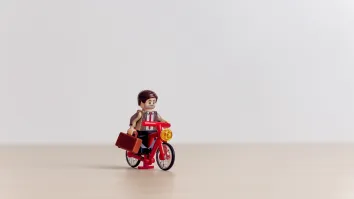


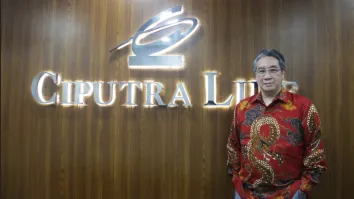


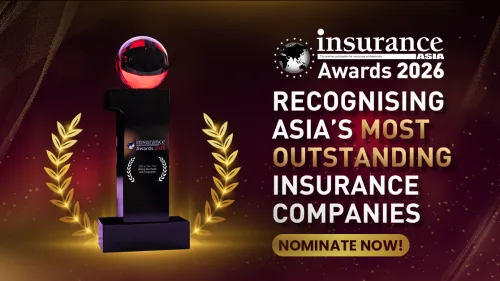
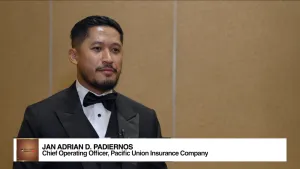
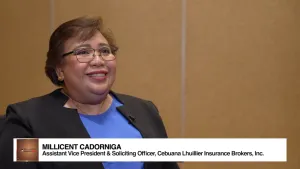
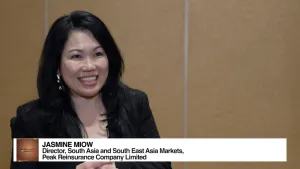
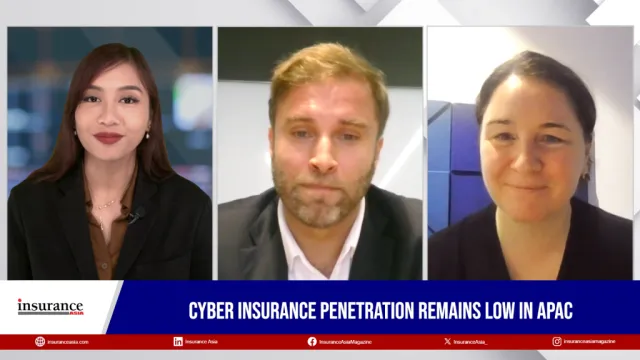
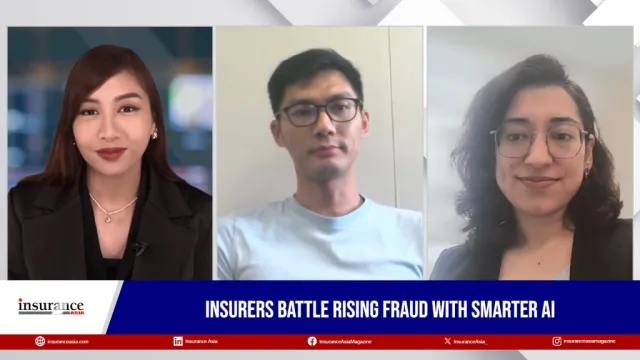
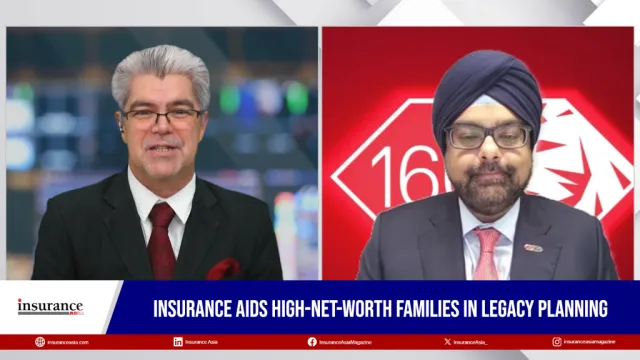
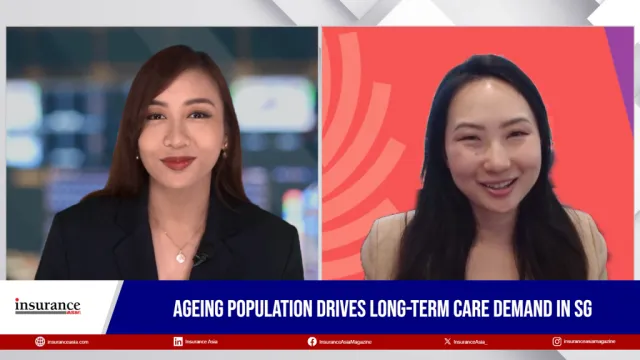
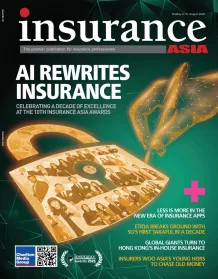
 Advertise
Advertise
